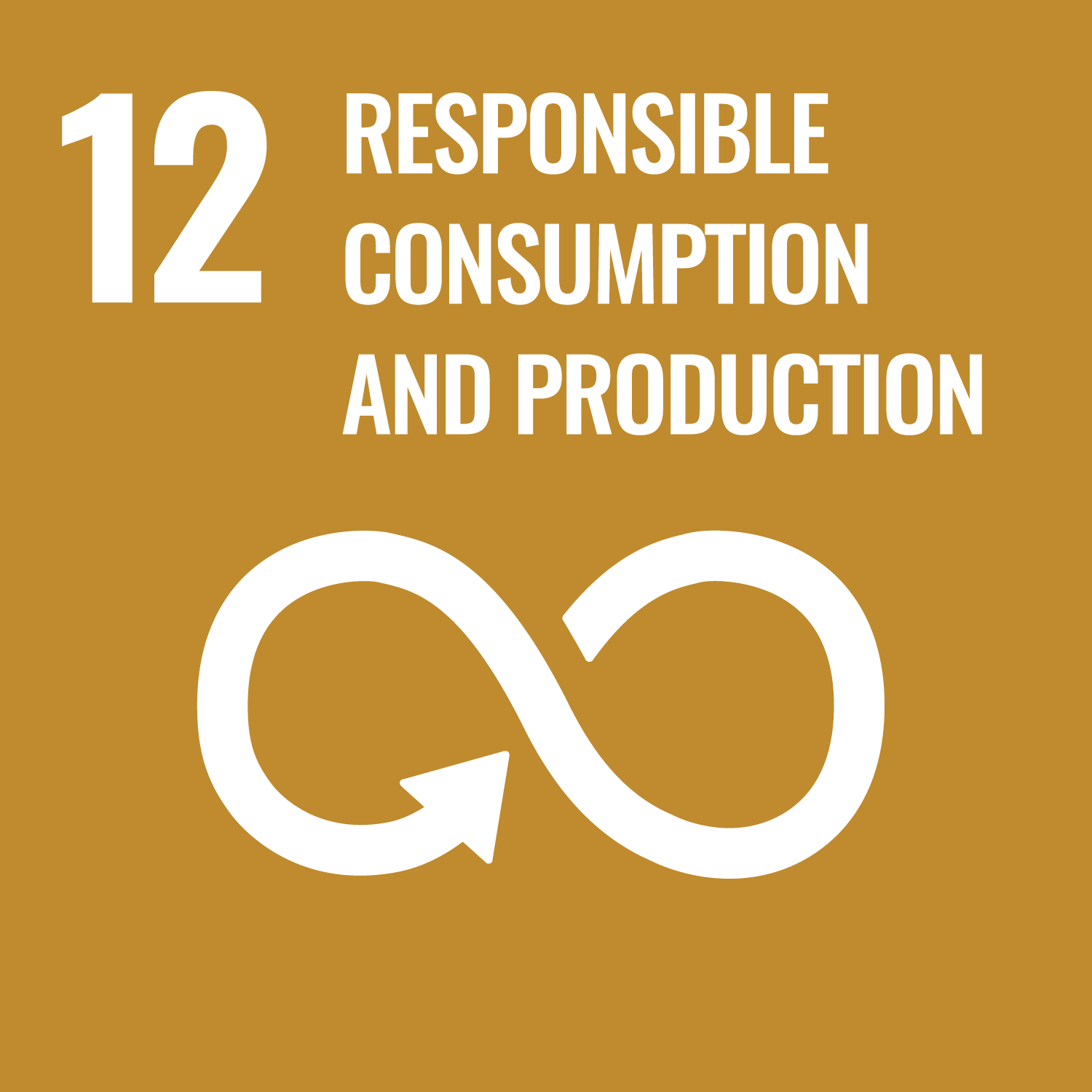Ghaffarlouy Raef, Ali orcid.org/0000-0002-2799-0505, Marvin, Andy orcid.org/0000-0003-2590-5335, Robinson, Martin Paul orcid.org/0000-0003-1767-5541 et al. (2 more authors) (2025) Exploring Shielding Effectiveness of Shielded Enclosures Across Reverberant, Transition, and Resonant Frequency Regions. In: URSI UK Symposium 2025.
Abstract
The shielding effectiveness (SE) of a shielded enclosure is highly dependent on multiple factors, including the enclosure’s size, internal contents, and the frequency of interest. Well-established methods exist for evaluating shielding effectiveness (SE) in electrically large enclosures operating in the reverberant frequency range. By transitioning from reverberant into the resonant frequency range, enclosures exhibit more complex shielding behavior. This study investigates the SE behavior of the enclosures across three frequency regions, reverberant, transition, and resonant through measurements conducted in a reverberation chamber (RC). The experimental setup consists of a 600mm × 500mm × 300mm conducting enclosure with a 140mm × 40mm aperture, tested inside an RC with mechanical stirring. SE measurements were conducted using a set of monopole antennas mounted on the enclosure walls and on instrumented Transmission Line Representative Contents (TL ReCos), which mimic the printed circuit boards usually installed inside shielded enclosures. The frequency range of interest spans from 300MHz to 2.3GHz (resonant, transition, and reverberant frequency ranges for the enclosure under consideration). The results highlight distinct shielding behaviors across the three frequency regions. In the reverberant frequency range, the enclosure exhibits relatively stable SE values with minimal dependence on antenna positioning. However, in the transition region, significant variations in SE emerge. In the resonant frequency range, discrete resonances dominate, leading to sharp fluctuations in SE leading to negative SE values at some frequency points. Additionally, the results demonstrate that SE is highly influenced by the internal contents of the enclosure, the placement of antennas, and the frequency of operation. These findings show the importance of considering the transition region when evaluating shielding performance. Future work will focus on developing predictive models to better characterize SE behavior in the transition and resonant frequency ranges, ultimately aiding in the design of improved shielding strategies for electronic enclosures operating in complex EM environments.
Metadata
| Item Type: | Proceedings Paper |
|---|---|
| Authors/Creators: |
|
| Copyright, Publisher and Additional Information: | This is an author-produced version of the published paper. Uploaded in accordance with the University’s Research Publications and Open Access policy. |
| Dates: |
|
| Institution: | The University of York |
| Academic Units: | The University of York > Faculty of Sciences (York) > Electronic Engineering (York) |
| Date Deposited: | 23 Apr 2025 15:10 |
| Last Modified: | 12 Dec 2025 13:11 |
| Status: | Published |
| Sustainable Development Goals: | |
| Open Archives Initiative ID (OAI ID): | oai:eprints.whiterose.ac.uk:225708 |
Download
Filename: URSI_UK_Symposium_2025_abstract_AliRaef_York.pdf
Description: URSI_UK_Symposium_2025_abstract_AliRaef_York
Licence: CC-BY 2.5



 CORE (COnnecting REpositories)
CORE (COnnecting REpositories) CORE (COnnecting REpositories)
CORE (COnnecting REpositories)